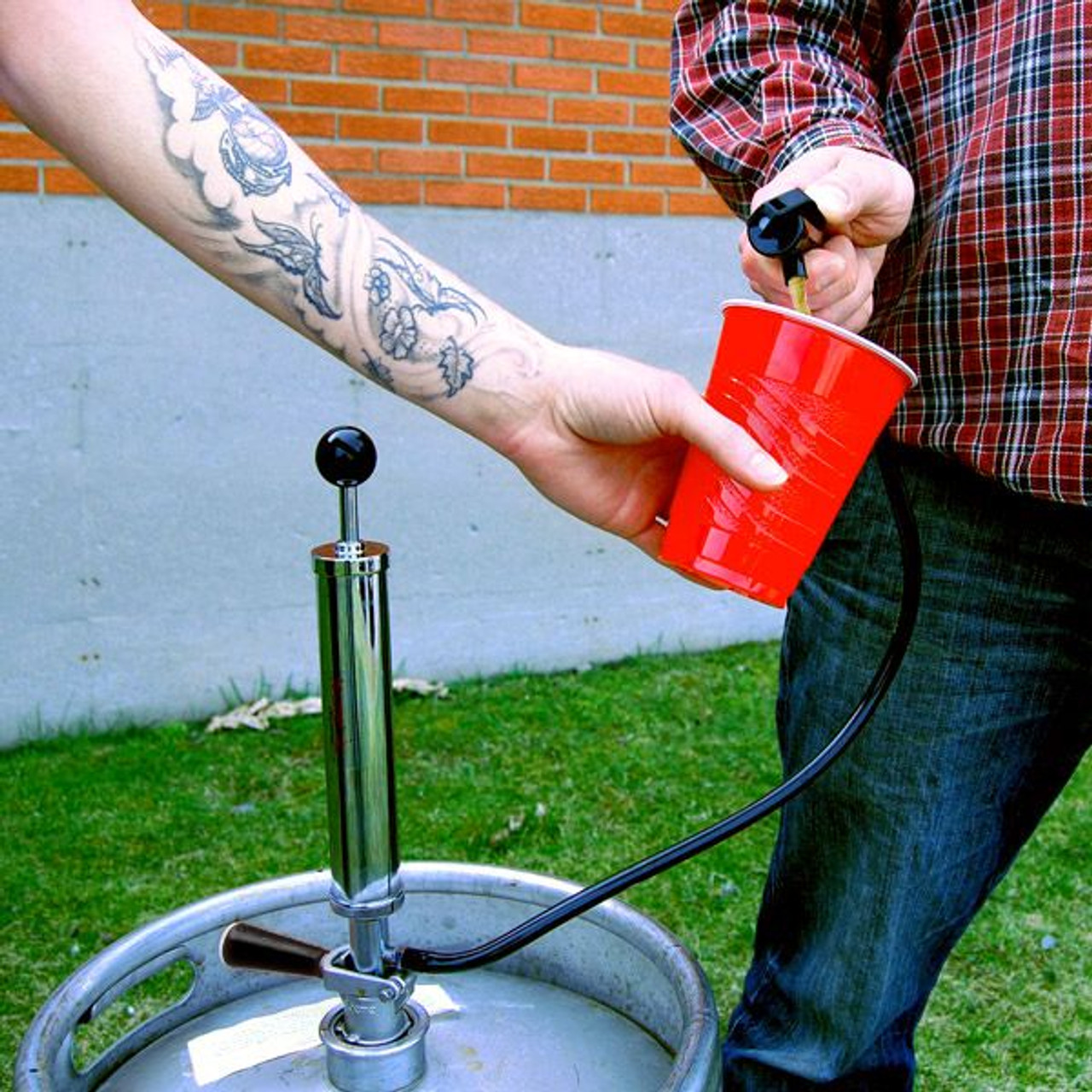

Articles
How To Work A Kegerator
Modified: August 28, 2024
Learn how to properly work a kegerator with these informative articles. Discover tips, tricks, and troubleshooting techniques to ensure the perfect pour every time.
(Many of the links in this article redirect to a specific reviewed product. Your purchase of these products through affiliate links helps to generate commission for Storables.com, at no extra cost. Learn more)
Introduction
A kegerator is a versatile and convenient appliance that allows you to enjoy draft beer in the comfort of your own home. Whether you are a beer enthusiast, a casual drinker, or someone who loves to entertain guests, a kegerator can be a game-changer.
But what exactly is a kegerator? How does it work, and why should you consider getting one? In this article, we will delve deeper into the world of kegerators, explore their benefits, learn about the different parts that make up a kegerator, and guide you through the process of setting up, cleaning, and maintaining your kegerator.
You will start by asking a question
Key Takeaways:
- Enjoy the convenience and cost-effectiveness of having a kegerator at home, providing fresh, chilled beer on tap for your enjoyment and entertaining needs.
- Elevate your beer-drinking experience with a kegerator, offering customization, sustainability, and enhanced taste while adding an element of fun and excitement to your gatherings.
Read more: Kegerator Beer Coupler How It Works
What is a Kegerator?
A kegerator is essentially a refrigerator that is specifically designed to store and dispense kegs of beer. It combines the functionality of a refrigerator with a draft system, allowing you to serve beer on tap, just like at your favorite bar or brewery. With a kegerator, you can pour yourself a cold, frothy pint of beer any time you want, without the need for individual bottles or cans.
The kegerator keeps the keg at a constant, optimal temperature, typically between 36 to 40 degrees Fahrenheit (2 to 4 degrees Celsius), ensuring that the beer remains fresh and crisp. It also utilizes a carbon dioxide (CO2) system to pressurize the keg and push the beer out through a tap. This pressurization process helps maintain the carbonation level and keeps the beer from going flat.
While kegerators are commonly associated with beer, they can also be used to dispense other carbonated beverages such as cider, kombucha, or even soda. This makes them a versatile choice for those who enjoy a variety of beverages or want to experiment with different flavors.
Now that you have a basic understanding of what a kegerator is, let’s dive into the benefits of having one in your home.
You will start by asking a question
Benefits of Having a Kegerator
There are numerous benefits to having a kegerator in your home. Here are some of the key advantages:
- Economical: Buying beer in kegs is often more cost-effective than purchasing individual bottles or cans. With a kegerator, you can buy beer in larger quantities, which is usually cheaper per ounce. This can result in significant savings, especially if you frequently consume beer or entertain guests.
- Convenience: With a kegerator, you’ll never have to worry about running out of beer at a party or gathering. You can simply tap into the keg and pour as needed. No more trips to the store to restock on bottles or cans.
- Freshness: Unlike bottled or canned beer, which may have been sitting on a shelf for weeks or months, beer from a kegerator is poured directly from the keg. This means you get to enjoy beer at its freshest, tasting exactly as the brewer intended.
- Customization: A kegerator allows you to have a variety of beers on tap at any given time. You can switch out kegs and experiment with different styles and flavors, catering to your personal preferences or the preferences of your guests.
- Sustainability: By using a kegerator, you can significantly reduce your carbon footprint. Instead of consuming beer from single-use bottles or cans, you can opt for reusable kegs, minimizing waste and promoting environmental sustainability.
- Enhanced Taste and Mouthfeel: Beer that is poured from a tap typically has a better taste and mouthfeel compared to beer from a bottle or can. The carbonation levels are more consistent, and the beer is less likely to be exposed to light and air, which can affect its flavor.
- Entertainment Value: Having a kegerator in your home can elevate your hosting game. It becomes a focal point of conversation and adds an element of fun and excitement to any gathering. Your friends and family will appreciate the unique experience of enjoying draft beer straight from the tap.
Now that you’re aware of the benefits of having a kegerator, let’s explore the different parts that make up this fantastic appliance.
You will start by asking a question
Parts of a Kegerator
A kegerator is made up of several components working together to deliver fresh, chilled beer on tap. Here are the key parts of a kegerator:
- Refrigeration Unit: This is the main body of the kegerator, responsible for keeping the keg and beer chilled to the desired temperature.
- CO2 Tank: The CO2 tank stores carbon dioxide gas, which is necessary to pressurize the keg. It connects to the keg through a regulator.
- Regulator: The regulator controls the flow and pressure of CO2 into the keg. It allows you to adjust the CO2 levels according to the carbonation needs of the beer.
- Gas Line: The gas line connects the regulator to the keg, allowing the CO2 to enter the keg and maintain pressure.
- Beer Line: The beer line carries the beer from the keg to the tap. It is typically made of food-grade vinyl or stainless steel to ensure the beer remains fresh and untainted.
- Faucet: The faucet or tap is the part that you interact with to pour the beer. It usually has a handle that you pull or twist to open and close the flow of beer.
- Drip Tray: The drip tray is placed beneath the faucet to catch any excess beer drips or spills. It helps keep your kegerator clean and prevents messes.
- Keg Coupler: The keg coupler is the attachment that connects the keg to the beer line. It has specific fittings that vary depending on the type of keg (e.g., Sankey, A-type, D-type).
- Temperature Control: Some kegerators have built-in temperature control, allowing you to easily adjust and monitor the temperature of the beer.
- Cleaning Kit: Proper cleaning and maintenance are essential for keeping your kegerator in optimal condition. A cleaning kit usually includes a brush, cleaning solution, and other tools to help you maintain cleanliness.
These are the primary parts of a kegerator. Understanding how they work together will be valuable when it comes to setting up and maintaining your kegerator, which we will explore in the next section.
You will start by asking a question
Setting Up Your Kegerator
Setting up your kegerator may seem daunting at first, but with the right steps, it can be a straightforward process. Follow these guidelines to get your kegerator up and running:
- Choose the Right Location: Select a suitable location for your kegerator. It should be a well-ventilated area with enough space for the kegerator and easy access to the beer tap.
- Clean the Interior: Before installing the keg, clean the interior of the kegerator. Remove any packaging materials and wipe down the surfaces with a mild sanitizer or cleaner. Rinse thoroughly and allow it to dry completely.
- Install the CO2 Tank: Securely fasten the CO2 tank to the back or side of the kegerator, depending on the model. Connect the gas line to the tank and the regulator, ensuring a tight fit. Open the valve on the CO2 tank to allow the gas to flow into the regulator.
- Attach the Regulator and Gas Line: Connect the other end of the gas line to the keg coupler’s gas-in fitting. Use a wrench to tighten the connection, ensuring there are no leaks.
- Prepare the Keg: Before inserting the keg into the kegerator, make sure it is properly cleaned and sanitized. Follow the instructions provided by the brewery or keg supplier.
- Connect the Beer Line: Attach one end of the beer line to the keg’s liquid-out fitting, connecting the other end to the keg coupler’s beer-out fitting.
- Set the Right Pressure: Adjust the regulator to the appropriate pressure for your beer style. Refer to the brewery’s recommendations or consult a beer resource for guidance.
- Check for Leaks: Spray a mixture of soapy water onto all the connections and fittings. If you see bubbles forming, it indicates a leak. Tighten the connection or replace any faulty components.
- Place the Keg in the Kegerator: Gently slide the keg into the kegerator, making sure it sits securely. Avoid shaking or jostling the keg to prevent excess foam and agitation.
- Connect the Faucet: Attach the faucet to the shank or draft tower. Make sure it is securely fastened, ensuring a tight seal.
- Test the Dispensing: Pull the tap handle or twist the faucet to dispense beer. Check for smooth flow and adjust the pressure if necessary. Allow the first few pours to eliminate any excess foam.
Once your kegerator is set up, you can start enjoying fresh, draft beer right at home. However, it is crucial to clean and maintain your kegerator to ensure the longevity and quality of your system, which we will discuss in the next section.
You will start by asking a question
Keep your kegerator clean by regularly cleaning the beer lines, faucets, and keg coupler to prevent any build-up of bacteria or mold. This will ensure that your beer stays fresh and tasty.
Read more: How To Build A Kegerator
Cleaning and Maintaining Your Kegerator
To keep your kegerator functioning properly and ensure the beer you serve remains fresh and delicious, regular cleaning and maintenance are crucial. Here is a step-by-step guide on how to clean and maintain your kegerator:
- Regularly Clean the Beer Lines: Beer lines can accumulate residue, bacteria, and yeast over time. To keep them clean, flush the lines with a cleaning solution. You can use a specially formulated line cleaning kit or a mixture of warm water and a brewery-approved line cleaner. Follow the manufacturer’s instructions for the recommended cleaning frequency and contact time.
- Clean the Faucet and Tap: The faucet and tap handle can also become dirty and clogged. Remove the faucet and disassemble it, then soak the parts in a cleaning solution. Use a brush to gently scrub away any residue or buildup. Rinse thoroughly and reassemble the faucet before reattaching it to the kegerator.
- Empty and Clean the Drip Tray: Regularly remove the drip tray and clean it with warm, soapy water. Rinse and dry it thoroughly before placing it back in the kegerator. This will prevent any buildup of beer residue and maintain cleanliness.
- Sanitize the Interior: Every few months, empty the keg and clean the interior of the kegerator. Use a food-safe sanitizer or a mixture of warm water and sanitizer to wipe down the surfaces and remove any bacteria or mold. Pay close attention to seals, gaskets, and hinges.
- Check CO2 Levels: Keep an eye on the CO2 tank and monitor the pressure gauge regularly. If the pressure drops significantly or the beer becomes undercarbonated, it may be an indicator that the CO2 tank needs to be refilled or replaced.
- Inspect and Replace Parts as Needed: Periodically check the condition of the keg coupler, gas line, beer line, and other components. Look for signs of wear, leaks, or damage. Replace any faulty or worn-out parts to maintain optimal performance.
- Stay Organized: Keep your kegerator clean and organized by labeling each keg and properly dating them. This will help you keep track of freshness and rotation, ensuring you always serve the freshest beer.
By following these cleaning and maintenance practices, you can ensure that your kegerator operates smoothly, and you consistently pour high-quality beer. However, despite careful care and maintenance, you may encounter some common issues with your kegerator. Let’s explore troubleshooting tips in the next section.
You will start by asking a question
Troubleshooting Common Kegerator Issues
While kegerators are generally reliable and easy to use, you may encounter some common issues along the way. Here are some troubleshooting tips to help you resolve common kegerator problems:
- Poor Beer Quality: If your beer tastes off or has excessive foam, it may be due to temperature fluctuations, improper CO2 pressure, or dirty beer lines. Check the temperature settings and adjust as needed. Ensure that the CO2 pressure is set correctly for the beer style. Clean the beer lines and faucet to eliminate any buildup.
- Leaking CO2: If you notice a persistent leak in the CO2 system, check all the connections and fittings for tightness. Replace any faulty O-rings or seals. If the issue persists, contact a professional for further assistance.
- Excessive Foam: Excess foam can be caused by several factors, including incorrect CO2 pressure, warm beer lines, or dirty faucet parts. Adjust the CO2 pressure to the appropriate level for the beer style. Ensure that the beer lines are properly chilled. Clean the faucet and tap components to remove any obstructions or residue.
- Frozen Beer in the Lines: If you notice frozen beer lines or sluggish flow, it may be due to excessive cooling or a malfunctioning thermostat. Check the temperature settings and adjust if necessary. Allow the lines to thaw before attempting to use the kegerator again.
- No Carbonation: If your beer lacks carbonation, ensure that the CO2 tank is not empty. Check the regulator and ensure it is set to the appropriate pressure. Inspect the gas lines for leaks and replace any faulty components.
- Strange Odors or Tastes: If your beer has an unusual odor or taste, it may be a sign of contamination. Clean the kegerator thoroughly, paying attention to the beer lines, faucets, and couplers. Sanitize all components and ensure proper maintenance to prevent future contamination.
If you are unsure about how to resolve a specific issue or the problem persists despite troubleshooting, it is advisable to seek professional assistance from a technician or contact the manufacturer for support.
Now that you have some troubleshooting tips under your belt, let’s move on to the next section, where we’ll provide some valuable tips for dispensing beer from your kegerator.
You will start by asking a question
Tips for Dispensing Beer from a Kegerator
Dispensing beer from a kegerator is a delightful experience that allows you to pour a perfect pint of your favorite brew. Here are some tips to ensure a smooth and enjoyable beer pouring process:
- Keep Your Glass Clean and Properly Rinsed: Before pouring beer, make sure your glass is clean and free from any residue or soap residue. Rinse it with water to remove any lingering flavors.
- Open the Faucet Slowly: Open the faucet tap handle slowly to control the flow of beer. Opening it too quickly can cause excess foam and result in an inefficient pour. Aim for a smooth, steady flow while tilting the glass at a slight angle.
- Timing is Key: To achieve the perfect pour, gradually straighten the glass as it fills up to create an ideal 1-inch head of foam on top. This not only enhances the aesthetics of the beer but also helps release its aromas.
- Avoid Touching the Faucet to the Glass: When pouring, try to avoid touching the faucet or tap directly to the glass. This contact can cause the beer to foam up excessively. Instead, hold the glass at a slight angle to allow the beer to gently slide down the side.
- Purge the Faucet Before Pouring: Before pouring a new beer, it’s a good practice to “purge” the faucet by allowing a small amount of beer to flow before filling your glass. This helps to eliminate any residual beer that may have been stagnant in the faucet and ensures a fresh, clean pour.
- Optimize Temperature Control: Pay attention to the temperature of the kegerator to ensure the beer remains at the ideal serving temperature. Adjust the temperature accordingly to maintain the desired level of chilliness.
- Rotate Your Kegs: If you have multiple kegs in your kegerator, rotate them regularly to ensure even consumption and prevent one keg from sitting for too long. This will help maintain freshness and prevent the beer from becoming stale.
- Experiment and Enjoy: Have fun with your kegerator! Try different beer styles, flavors, and breweries. Explore new tastes and share your kegerator experiences with friends and fellow beer enthusiasts.
By following these tips, you can elevate your beer-drinking experience and enjoy the full potential of your kegerator. Remember, practice makes perfect, so don’t hesitate to experiment and refine your pouring technique to achieve that ideal pint of beer.
Now, let’s address some frequently asked questions about kegerators to provide further insights and answers to common queries.
You will start by asking a question
Frequently Asked Questions (FAQs)
Here are some frequently asked questions about kegerators:
- Can I convert a refrigerator into a kegerator?
- How often should I clean my kegerator?
- Can I dispense other beverages besides beer from a kegerator?
- How long does a keg of beer last in a kegerator?
- How do I know when my CO2 tank needs to be refilled?
- Can I pour beer straight from the keg without a tap or kegerator?
- Do I need any special electrical requirements for a kegerator?
Yes, it is possible to convert a refrigerator into a kegerator by adding the necessary components such as a draft tower, faucet, CO2 tank, and beer lines. However, it may require some DIY skills and modifications to ensure proper functionality.
It is recommended to clean your kegerator every few weeks or whenever you change kegs. Regular cleaning helps maintain optimal beer quality and prevents the buildup of bacteria or mold in the beer lines.
Yes, kegerators can be used to dispense other carbonated beverages such as cider, kombucha, soda, or even cold brew coffee. Proper cleaning between different beverages is essential to avoid flavor contamination.
The lifespan of a keg in a kegerator depends on several factors, such as the type of beer, temperature control, and how well the keg is sealed. On average, a keg can last between 6 to 8 weeks without losing its quality. However, beers with higher hop content or delicate flavors are best consumed within a few weeks.
Many CO2 tanks come with a pressure gauge that indicates the remaining gas level. When the pressure drops significantly or falls below the recommended range, it’s time to refill or replace the CO2 tank. Keeping a spare CO2 tank on hand is a smart plan to avoid running out of gas at inconvenient times.
While it is possible to pour beer directly from a keg, using a tap and kegerator provides better control over carbonation, temperature, and foam levels. A tap system ensures the beer remains fresh, carbonated, and at the ideal serving temperature.
Most kegerators operate on standard household electrical outlets, typically using 110-120 volts. However, it’s always essential to check the manufacturer’s instructions and specifications to ensure proper electrical compatibility.
These are just a few of the commonly asked questions regarding kegerators. If you have any additional queries or concerns, it’s recommended to consult the manufacturer’s guidelines or seek advice from knowledgeable professionals in the field.
To wrap up, let’s summarize the key points covered in this article.
You will start by asking a question
Read more: How To Setup A Kegerator
Conclusion
Investing in a kegerator brings the convenience and pleasure of having draft beer at your fingertips, right in the comfort of your own home. With the ability to serve fresh, chilled beer on tap, it elevates your beer-drinking experience and adds a touch of sophistication to your gatherings.
In this article, we explored what a kegerator is and how it works. We discussed the various benefits of having a kegerator, including cost-effectiveness, convenience, freshness, customization, and the positive environmental impact it offers.
We also delved into the different parts that make up a kegerator, emphasizing the importance of each component in delivering excellent beer on tap. Understanding the functionality of these parts is key to properly setting up and maintaining your kegerator.
We then provided a step-by-step guide on how to set up your kegerator, ensuring that you get everything in place for optimal performance. Furthermore, we delved into the crucial topic of cleaning and maintaining your kegerator, highlighting the significance of regular cleaning to preserve beer quality and prevent contamination.
To address common issues that may arise, we offered troubleshooting tips to help you overcome challenges such as poor beer quality, excessive foam, leaky CO2 systems, and more. By following these tips, you can keep your kegerator in excellent working condition.
Additionally, we provided valuable tips for dispensing beer from your kegerator, ensuring you achieve the perfect pour with every glass. These tips, including keeping your glass clean, opening the faucet slowly, purging the faucet, and optimizing temperature control, will enhance your beer-drinking experience.
Lastly, we addressed common FAQs about kegerators, providing answers to questions regarding conversion, cleaning frequency, beverage options, keg lifespan, CO2 tank refills, pouring without a tap, and electrical requirements.
In conclusion, a kegerator is not just a piece of equipment. It is a gateway to enjoying fresh, draft beer at home. By selecting the right kegerator, setting it up correctly, cleaning and maintaining it regularly, and following best practices for pouring beer, you can create a convenient and elevated beer-drinking experience for yourself and your guests.
So, why limit yourself to bottled beer when you can have the pub experience right in your own home with a kegerator? It’s time to take your love for beer to the next level!
Frequently Asked Questions about How To Work A Kegerator
Was this page helpful?
At Storables.com, we guarantee accurate and reliable information. Our content, validated by Expert Board Contributors, is crafted following stringent Editorial Policies. We're committed to providing you with well-researched, expert-backed insights for all your informational needs.
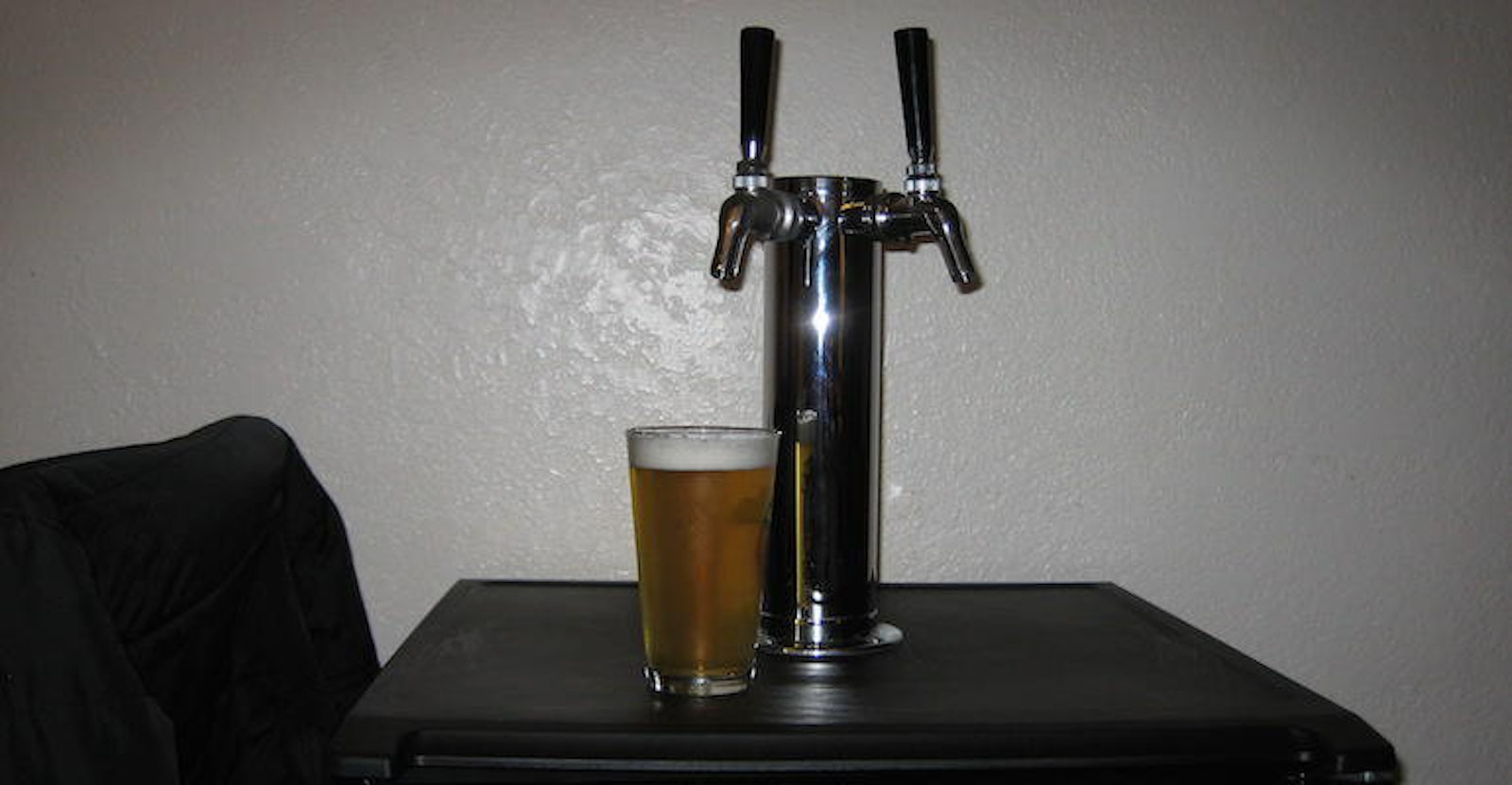
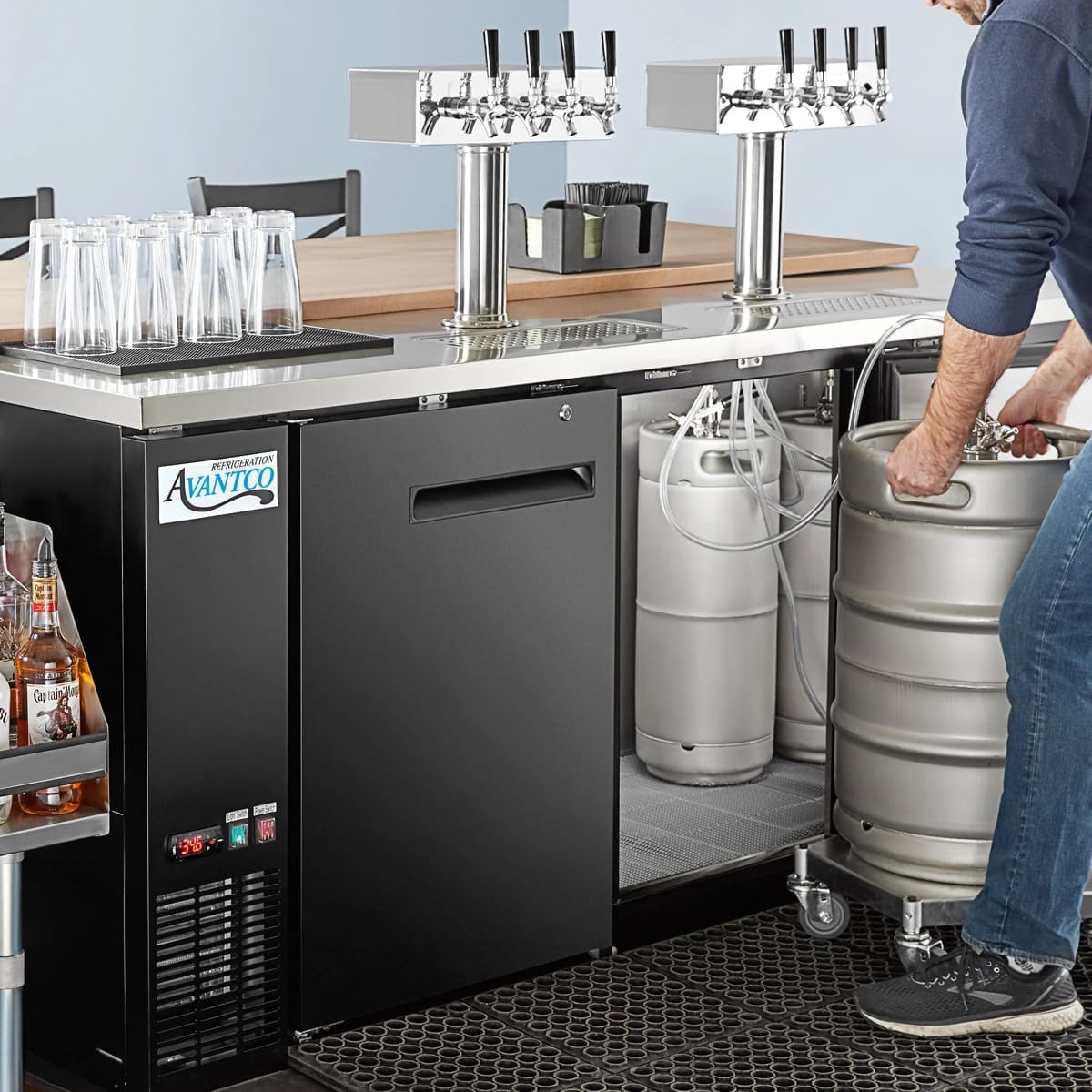
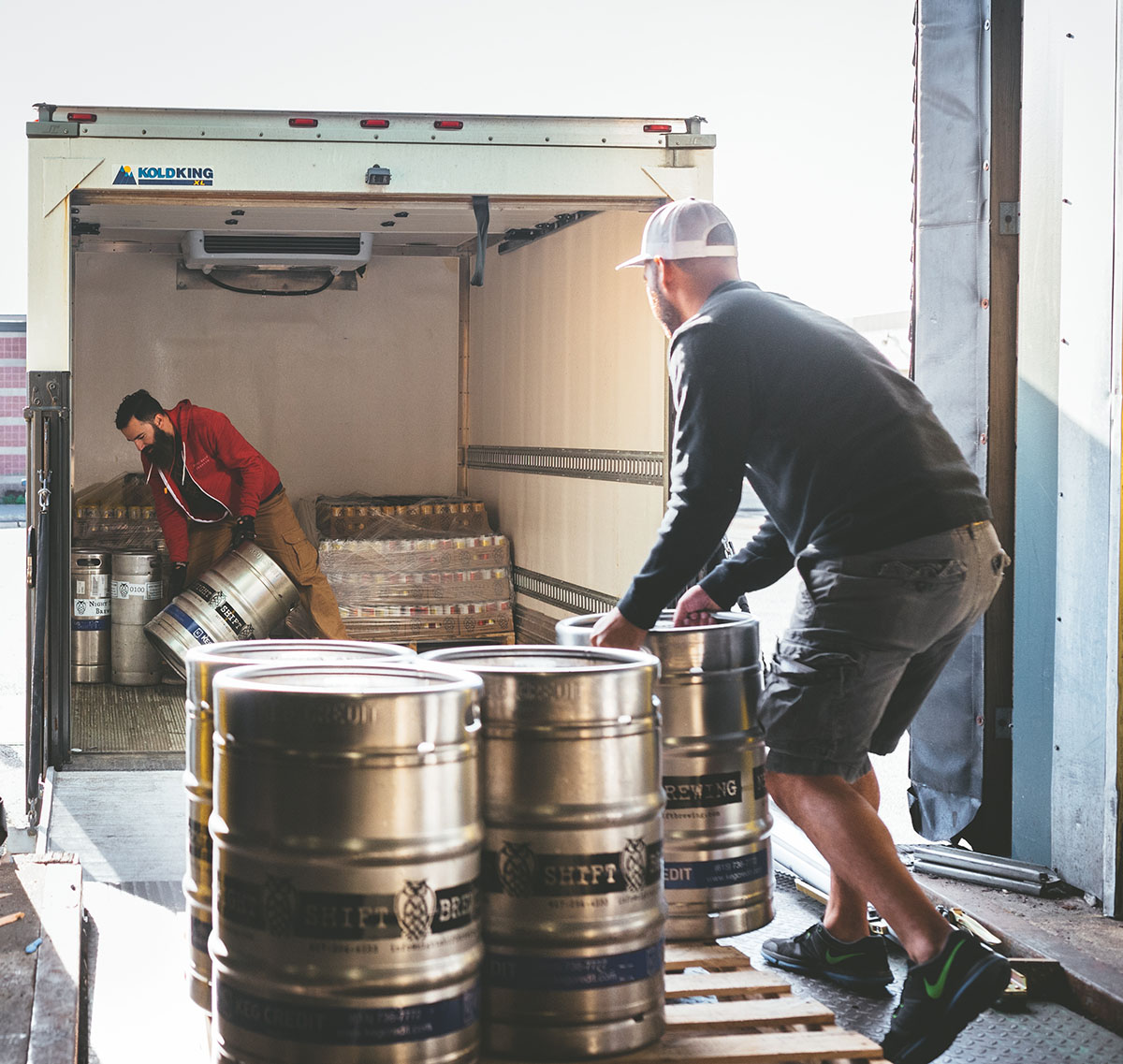
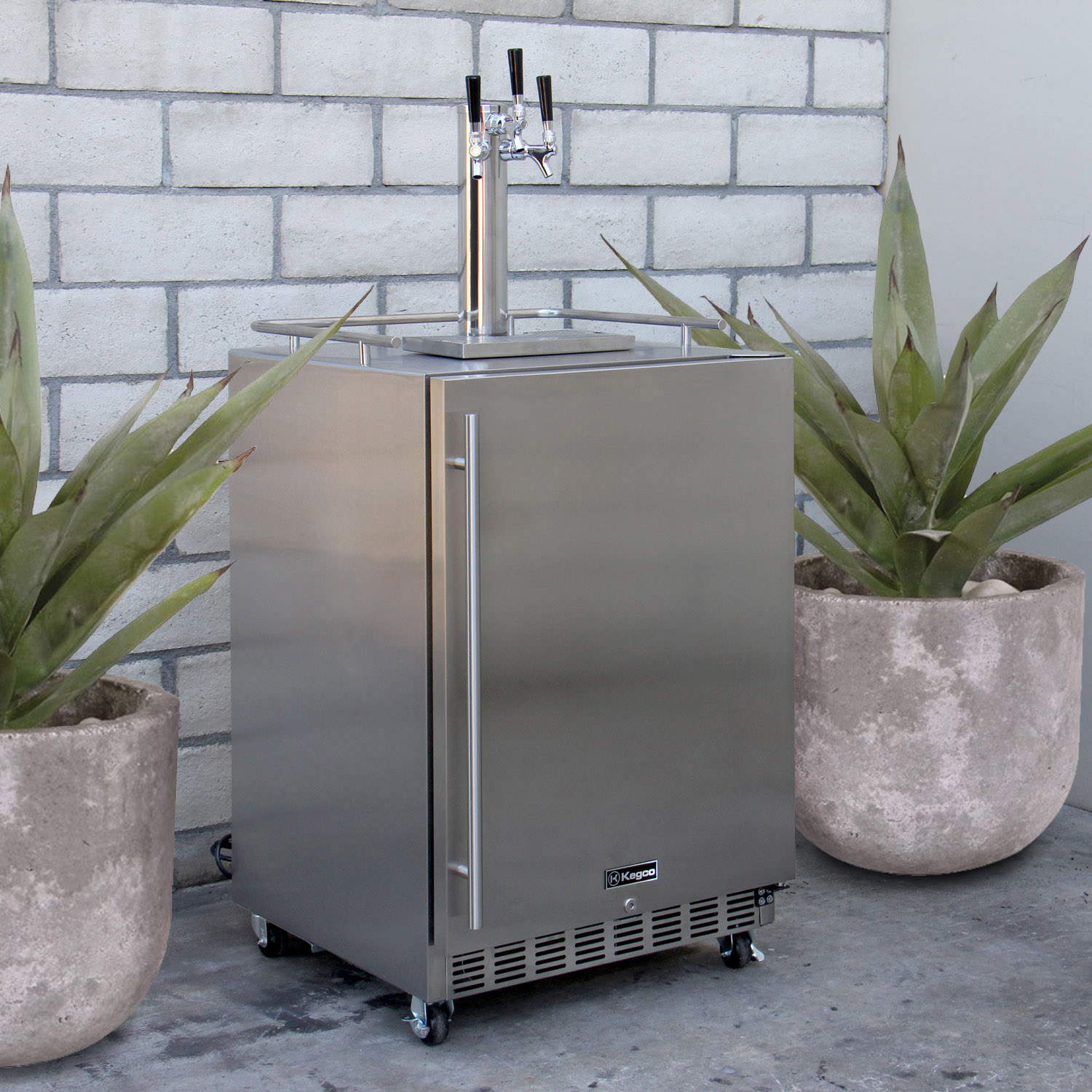
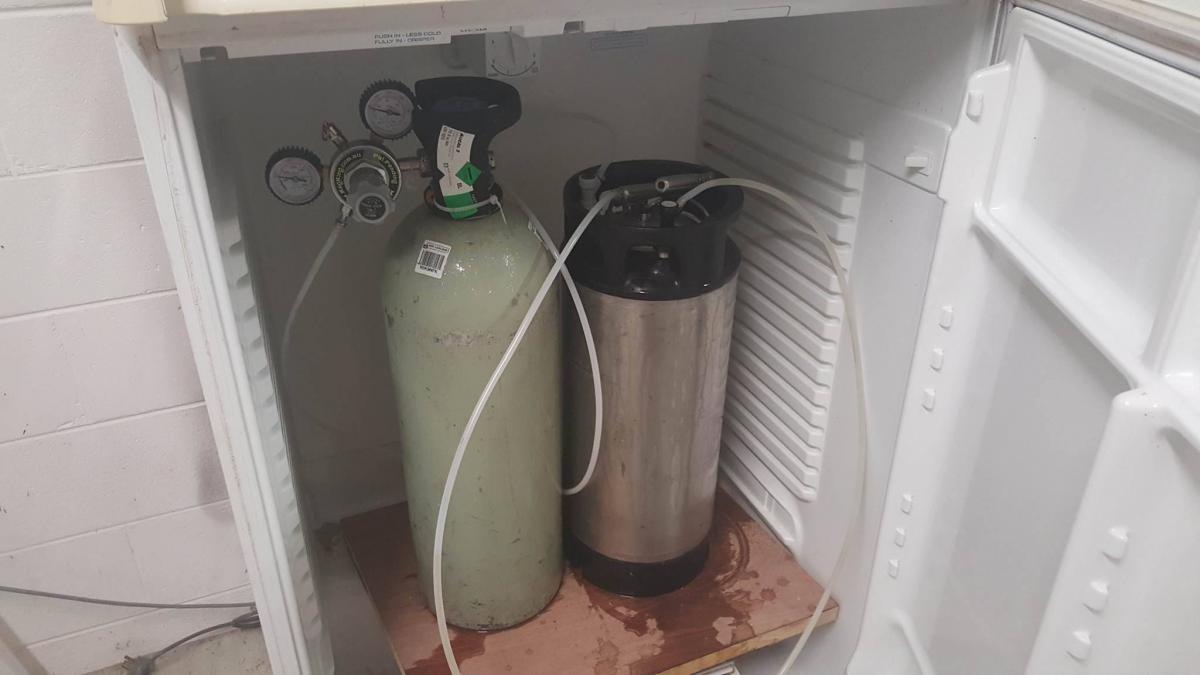
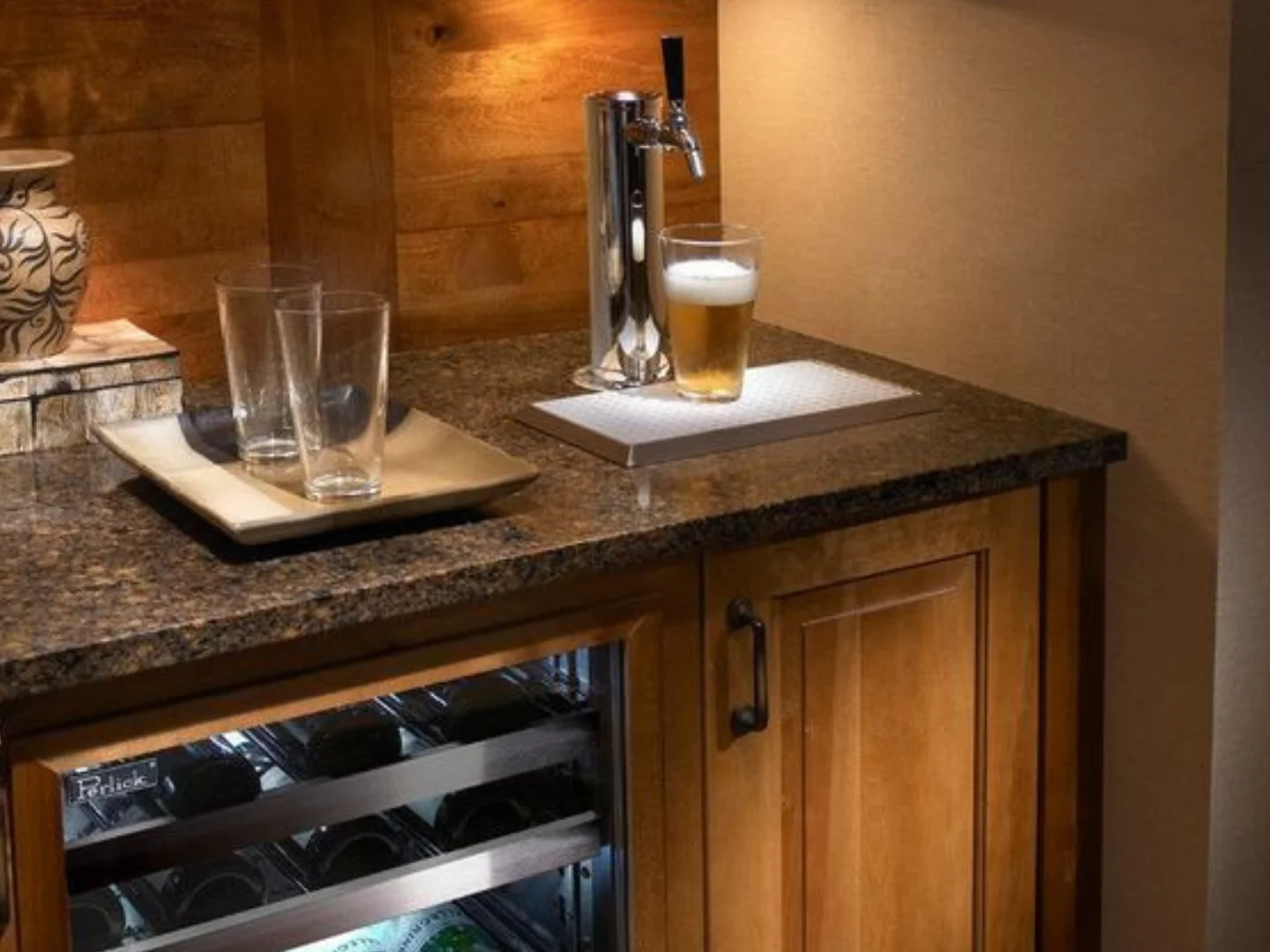
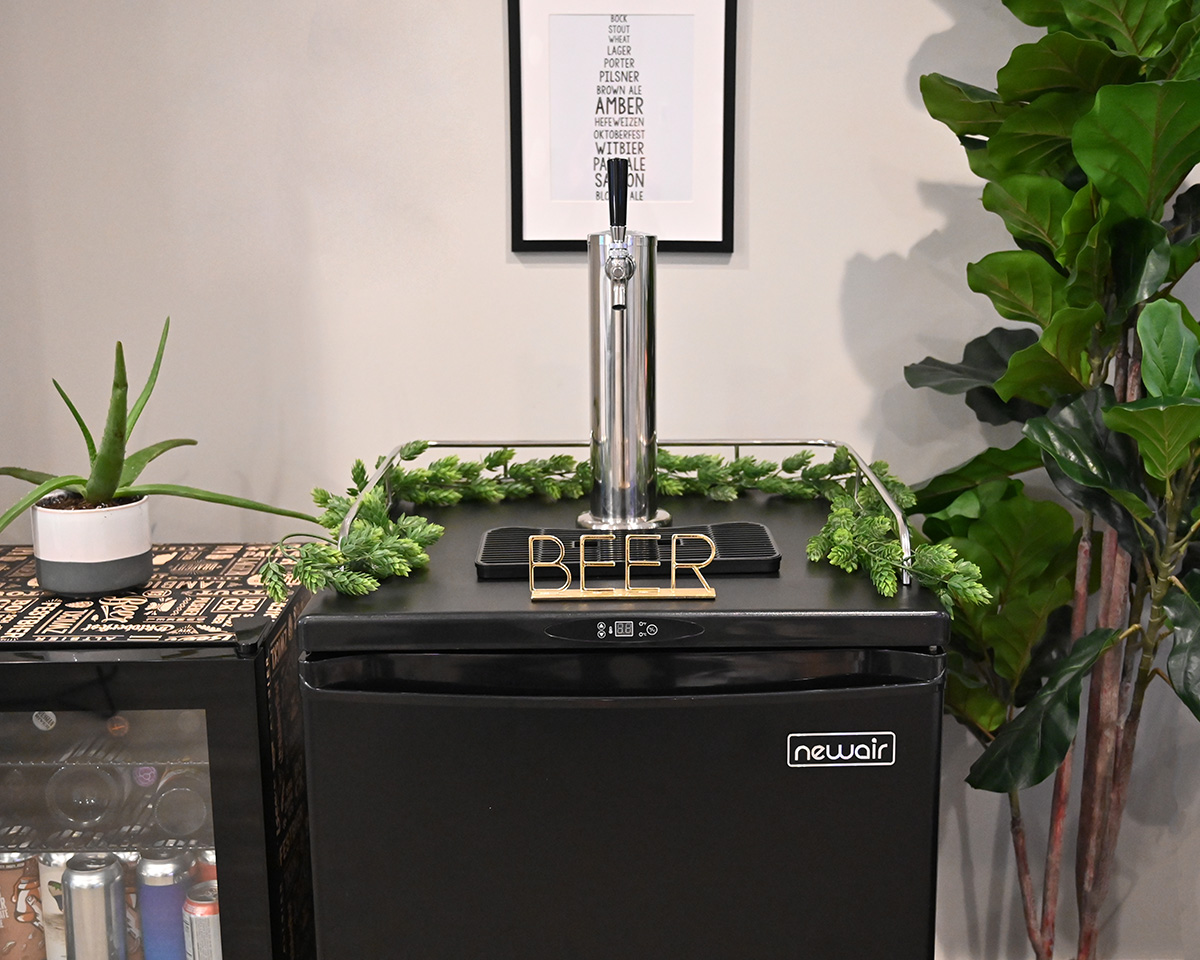
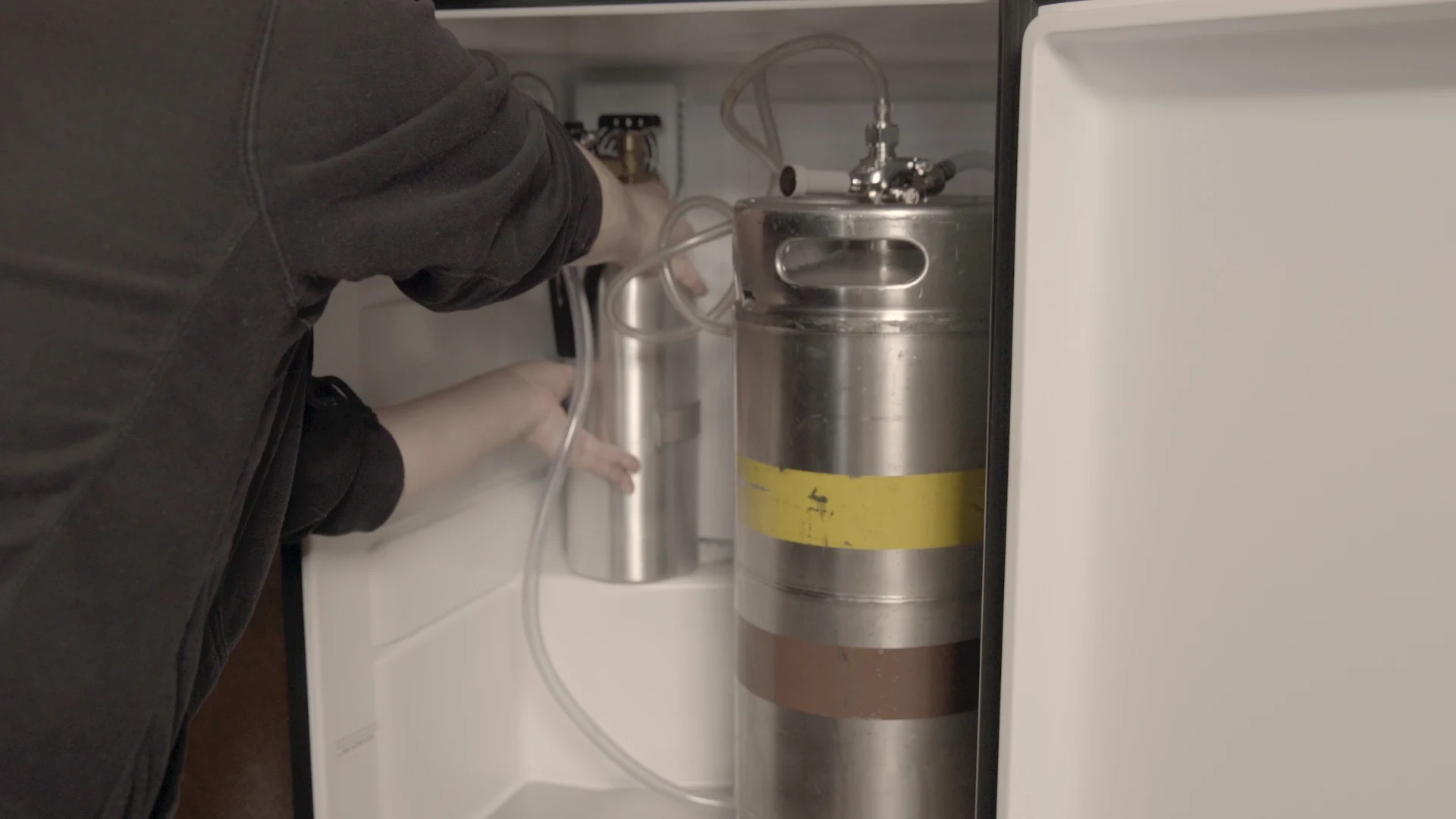
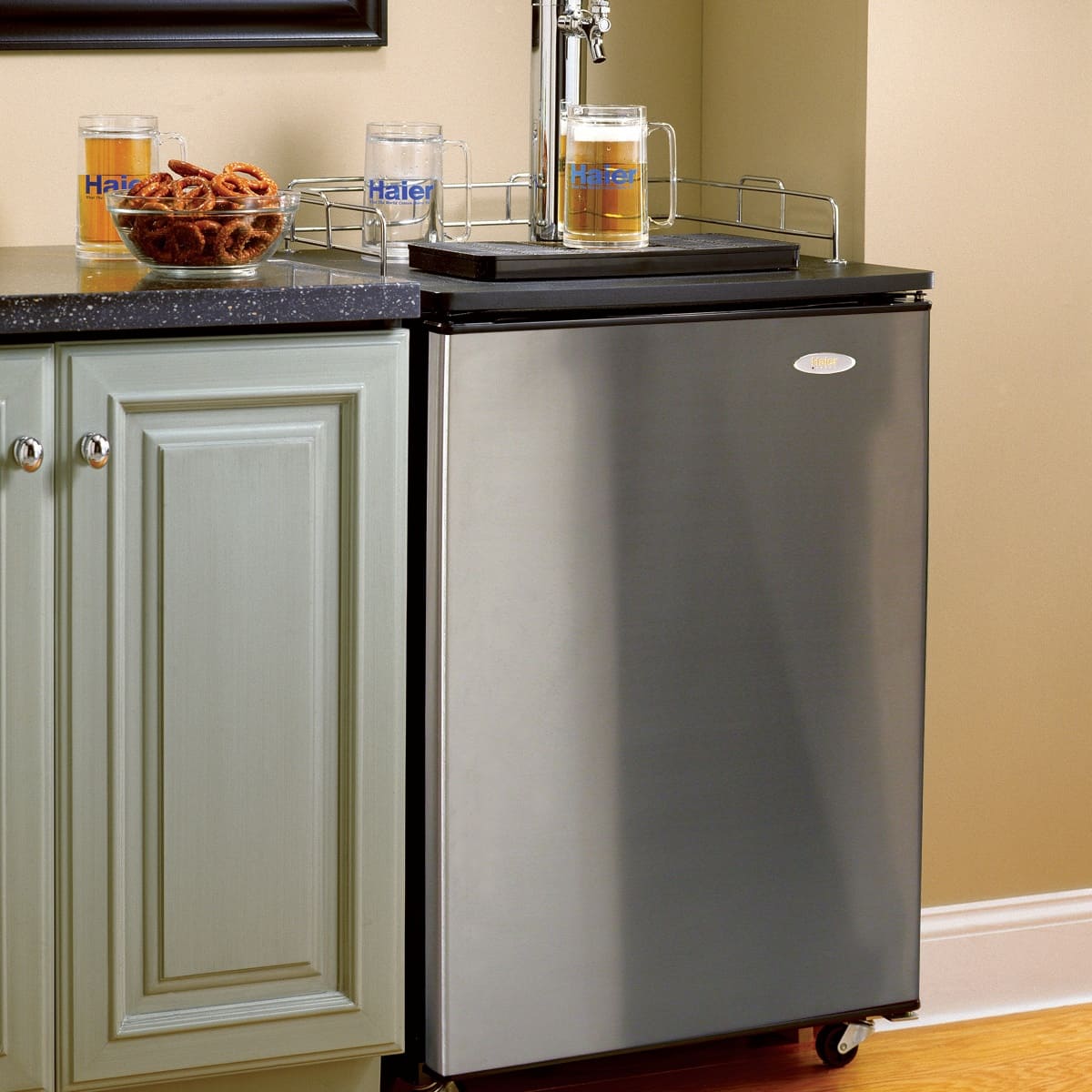

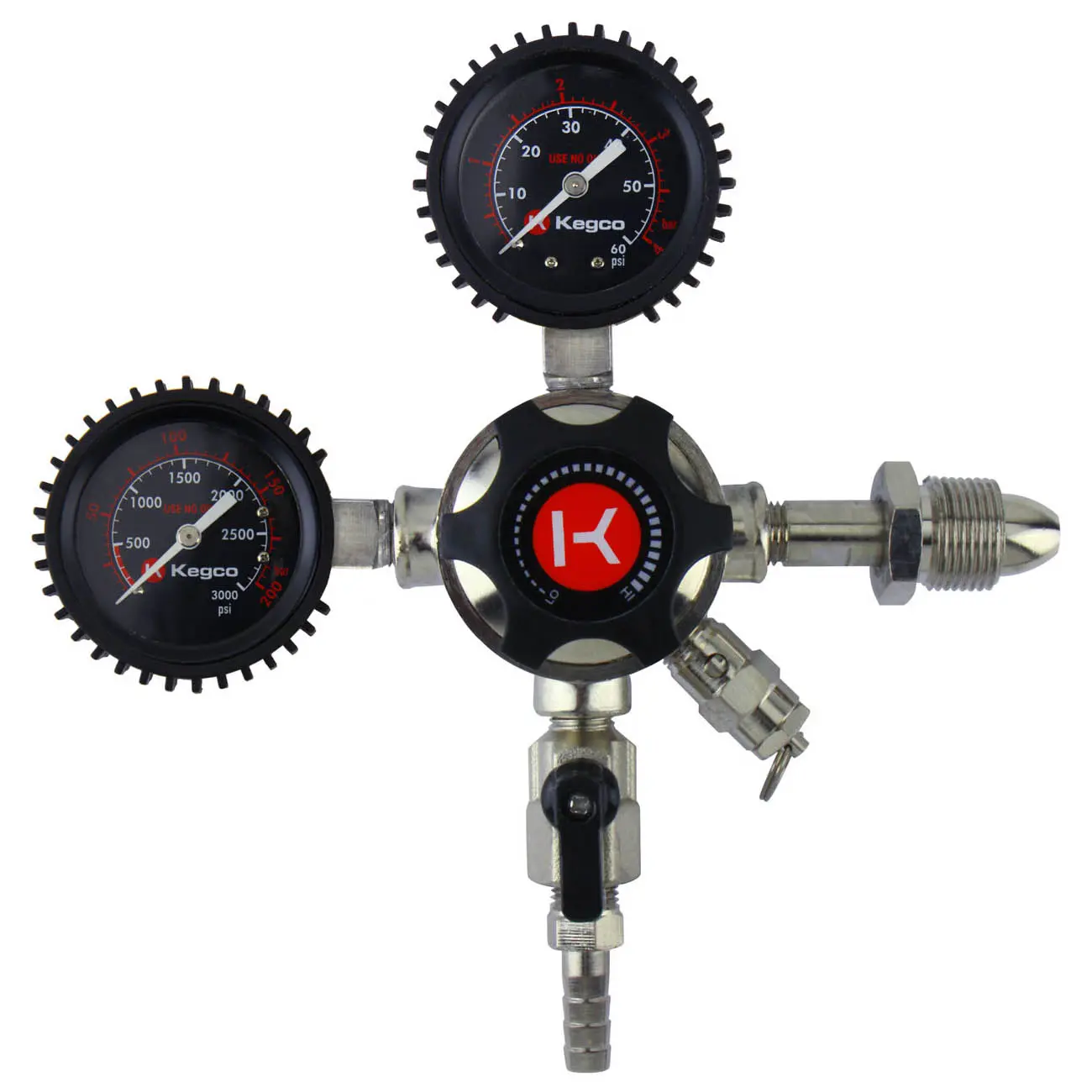
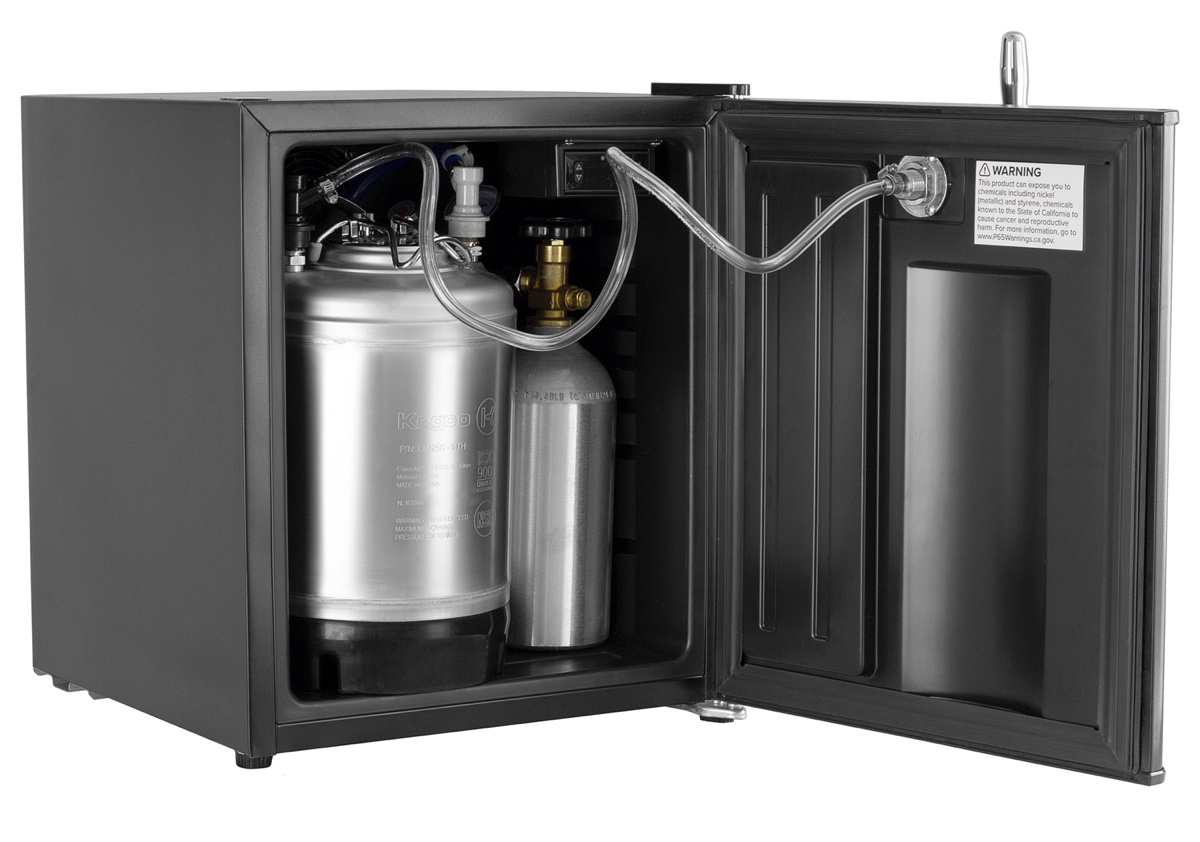
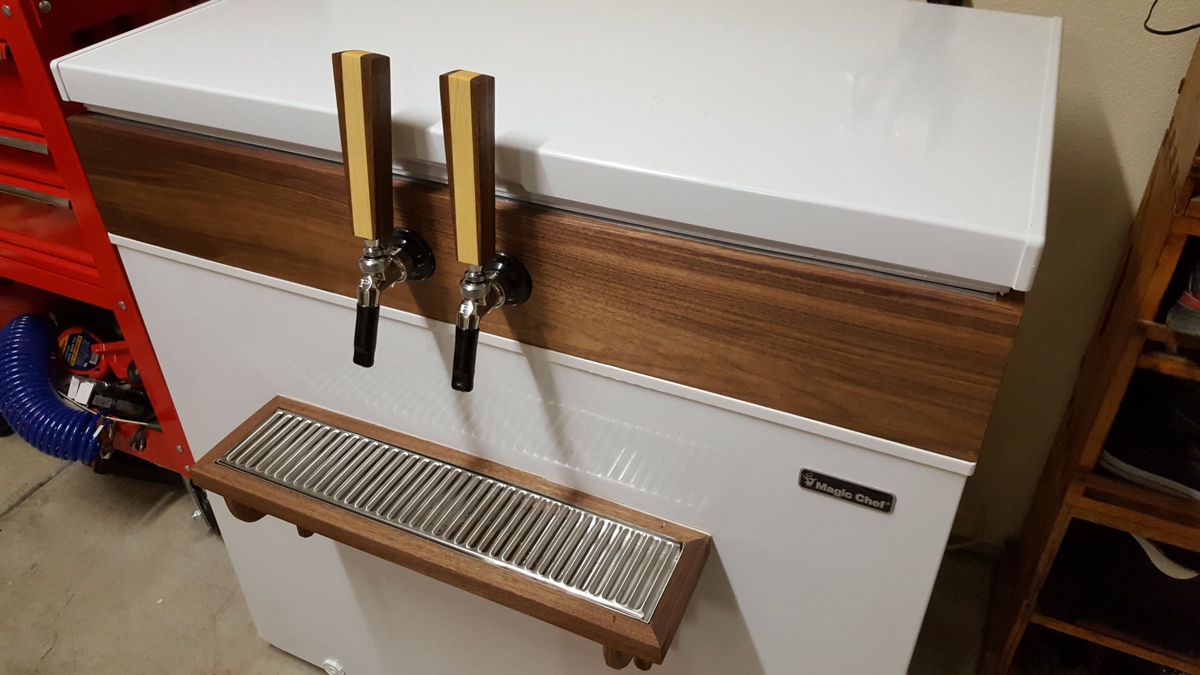

0 thoughts on “How To Work A Kegerator”